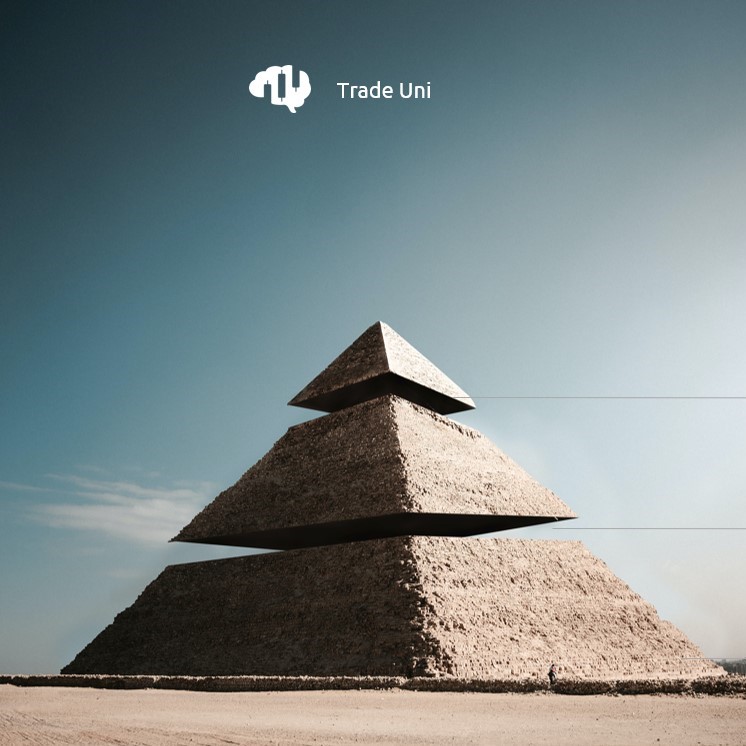Wenn wir über Risikomanagement und -streuung sprechen, müssen wir uns auch immer über das Thema Korrelation unterhalten. Doch was ist Korrelation, und wie nutzen wir sie für uns, bzw. so, dass sie uns nicht gefährlich werden kann?
Nun, dazu müssen wir erstmal klären, was Korrelation beim
Trading in general means that most people have heard of it, but most people don’t really know it. Correlation means a certain relationship or dependency between different values or trading instruments. Simple examples in currency trading are: EURUSD, GBPUSD, USDJPY. If I open three positions on the US dollar, possibly all in the same direction (i.e. on a weak or strong USD), I am exposed three times to the weakness or strength of the USD. This increases my risk immensely. Instead of the 1%, we are now at 3% risk! That’s why the rule here is to pick the better technical setup and only trade that. Paying attention to correlation is therefore part of sensible portfolio management and diversification. And diversification means spreading my investments across different asset classes, i.e. not only in foreign exchange, but also in other areas.
Which asset classes are available to us?
We have a wide range of opportunities to diversify and invest our money in the markets, here are a few examples:
- Forex
- Stocks (and ETFs etc.)
- Bonds
- Commodities
- Cryptocurrencies
With foreign exchange alone, there are all kinds of correlations that need to be taken into account. Here is a table showing how the currency pairs relate to each other on a daily basis:

Source: https://de.tradingview.com/markets/currencies/cross-rates-overview-heat-map/
Such tables are available for various asset areas, for example how the shares within an index relate to each other. Or how various stocks relate to each other. A good example of this during the COVID phase was the pharmaceutical industry stocks when new news about the availability of vaccines came out. Or other sectors, such as chemicals or the automotive industry, or the tech sector, which had just had a very bad month.
Many fund managers also use correlation to reduce risk and the range of fluctuation, to reduce volatility. However, this is always at the expense of returns, because, put simply, when one instrument is strong, another is weak.
Central banks also play a role here: if the ECB and the Fed raise interest rates, as they are currently doing, equities, for example, become less attractive compared to currently issued bonds, which promise a good interest yield. As a result, there will be selling on the stock markets, as investors can get reasonable returns for less risk.
And if I as a trader trade on indices, for example, opening a long trade on the DAX and another on the S&P, then I should be aware that these also correlate and generally behave similarly. I am therefore travelling with double the risk again. So if the markets fall, I take two losing trades.
So, in summary, you should get an overview of the correlations of the instruments you trade and know how you can use them to optimise your profits and avoid bigger losses than you have to.










































